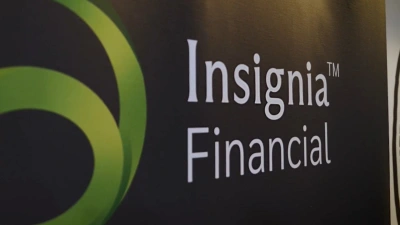‘Unachievable’ return targets led to Sterling collapse: ASIC


Sterling Group was setting ‘unachievable’ return targets of 10% to 15% which contributed to its collapse, according to the Australian Securities and Investments Commission (ASIC).
Sterling Income Trust, run by Sterling Group, was sold to investors as a “lease for life” as their long-term tenancy was linked to investment performance. Investors were told the returns from their initial lump sum would be sufficient to cover the rent on the lease and no other payments would be required towards rent. When it later collapsed, people were unable to pay their rent.
Appearing before the Senate Economics Committee to discuss the collapse, ASIC chair, Joe Longo, said the regulator believed the failure was a result of the firm’s ambitious targets, which were 10% to 15%, rather than anything underhand.
“As far as we can tell, no tenant money went into the pockets of third parties, the money went where it was supposed to go,” Longo said.
“What went wrong was the business model was far too ambitious, was looking for returns that were unachievable and the cost of running the business was high, at its height it had 75 employees. That’s the gist of the matter.
“They had a very big rent roll, they bought a lot of properties and the returns they were looking for were ambitious – 10% to 15%.
“If we are in a constrained environment then they are very ambitious forecasts for returns and they weren’t achievable.”
Longo also disputed claims that the scheme was a Ponzi scheme as he said there were actual underlying properties involved whereas a Ponzi scheme was built on nothing tangible. However, he could understand why people viewed it in that way.
“This was a very distressing, catastrophic failure of a managed investment scheme that hurt a lot of people but it is not a Ponzi scheme,” Longo said.
“When this scheme started in 2012, there were real properties, real companies and real returns. I think it’s more how people feel about a corporate collapse.
“The revenue was coming into the company but it was being used to pay employees or to meet ongoing expenses rather than being ‘invested’ and that’s very common in distressed situations.”
Longo also admitted the regulator had received multiple misconduct complaints about the scheme back in 2016 but that it “did not trigger any particular concern” for ASIC. It first began investigating several months later in March 2017 when it was raised by the Consumer Affairs division.
Recommended for you
Net cash flow on AMP’s platforms saw a substantial jump in the last quarter to $740 million, while its new digital advice offering boosted flows to superannuation and investment.
Insignia Financial has provided an update on the status of its private equity bidders as an initial six-week due diligence period comes to an end.
A judge has detailed how individuals lent as much as $1.1 million each to former financial adviser Anthony Del Vecchio, only learning when they contacted his employer that nothing had ever been invested.
Having rejected the possibility of an IPO, Mason Stevens’ CEO details why the wealth platform went down the PE route and how it intends to accelerate its growth ambitions in financial advice.















